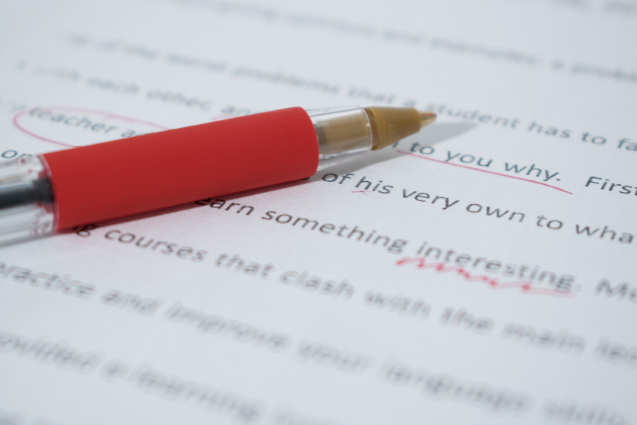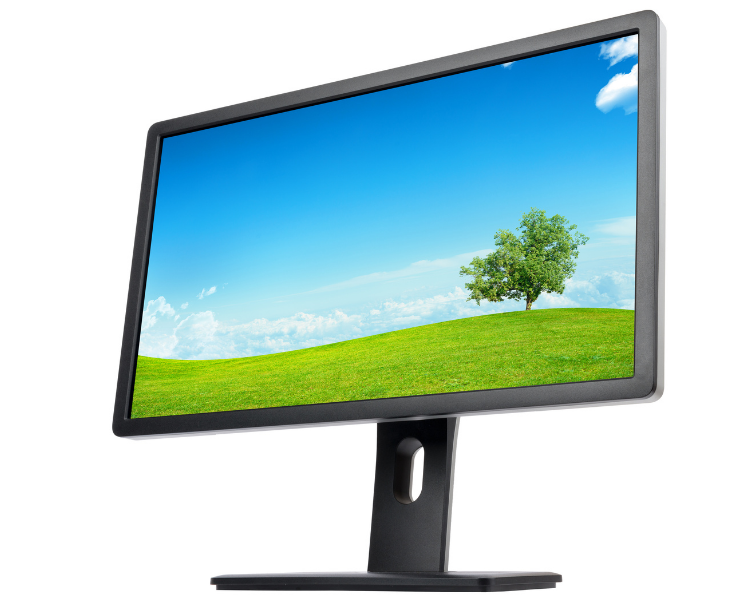Introduction to On-Page SEO
Welcome back to our series on search engine optimization fundamentals. This article will build on concepts covered in SEO Basics by diving deeper into on-page SEO.
First off, a quick review. On-Page SEO (sometimes called on-site SEO) is the optimization of an individual web page by correctly using all the elements on the web page (like the words, images, and weblinks) to improve the ranking by search engines for relevant search results. That can be hard to conceptualize, so let’s look at it differently.
Many of us learned to write essays using the same formula- an introduction, three paragraphs for the body, and a conclusion. Each paper would have a title and a clear thesis statement in the first paragraph. Later, we learned how to include citations to acknowledge the contributions of others. The model is powerful because it is independent of the subject matter. And, for our purposes today, important because the structure itself sends messages to a reader.

Search engines rely on similar structural cues for understanding. On-site SEO is about knowing and using that format correctly.
Titles and Descriptions
There are several ways to provide clues to a page’s subject matter. Building on our previous analogy, we want to send signals about the essay before you start reading it and then again within the paper. Those initial messages are on the search engine results pages (or SERPs).
The Title Tag is the most concise description of the content of a page.

The Meta Description is a slightly longer summary displayed under the title. Together, they indicate the intent of a page.

Current research shows that Title Tags are a direct factor for ranking, and Meta Description is an indirect factor. How? Google has placed a greater emphasis on how many people click on a result versus just how often it is displayed. Better matching your title and description with the relevant keywords typed in by the user leads to more perceived relevance by those users, which leads to more clicks. Ultimately, well-written title tags and meta tags attract users who are more likely to come to a page and stay longer.
On the other hand, the title on the actual web page is called the Headline. The most successful headlines encourage users to continue reading and send a clear message to the search algorithm.
Header tags (H1-H6) are the website code used to label the headings within a web page, establishing which concepts are main topics and which ones are subtopics. Well-written, keyword-rich header tags show changes in focus that help both users and search engines.
Quality Content
Content is the heart of SEO. Your material needs to add value to a topic and differentiate you from others talking about the same thing. Remember that Google recognizes duplicate text and gives preferences to unique wording. The length of the piece makes a difference, too. 500 to 1,000-word articles can be concise enough to explore a topic with some depth without being so long that readers lose interest.
Each page should have a target keyword (or words). Keywords are a big deal in SEO, and we will cover keyword research and how to use them in your content in another blog post.
Images and On-Page SEO
Images on web pages send messages to a search engine beyond the visual. Image files have several places for text description, each with a different purpose.

The first is the image file name, which you assign when you save it. The two most helpful things to remember are to include your keyword in the file name and make the changes before uploading the file.
The image alt text is the words describing an image for any alternative text-based format, like a screen reader for a blind user. Alt text conveys context and meaning between the image and the page and should emphasize user intent. Above all, the goal for alt text is the same as most other optimization- to create a great user experience.
Surprisingly, the image title text is the least important of these three attributes because it does not directly contribute to search rank. A short, tight phrase will do the job here.
Other things make a difference when optimizing photos. Original images are always better than stock photos (remember that Google likes unique content?). Website load speed makes a difference, so compressed files generally help. Finally, consider using captions to describe an image.
Links
The final factor of on-site SEO is linking. We divide these connectors into two categories based on what is “linked” together. Internal links are the connections within the same website. For example, a hotlink between the home page and the services page of a website is internal linking. On the other hand, outbound links are the bridges that point from your website to a web page on a completely different site.

While they are different, both types are essential for on-page optimization. Google is better at finding pages connected to other pages on the web. Therefore, the inner pages of a site are more likely to be discovered. In addition, internal linking gives Google an understanding of the hierarchy of your website and which pages are the most important.
Conclusion
There are many elements of on-page SEO, all of which contribute to a search engine’s understanding of a web page. Each is important and has its place. Most importantly, these factors make a site easier to use and understand.



